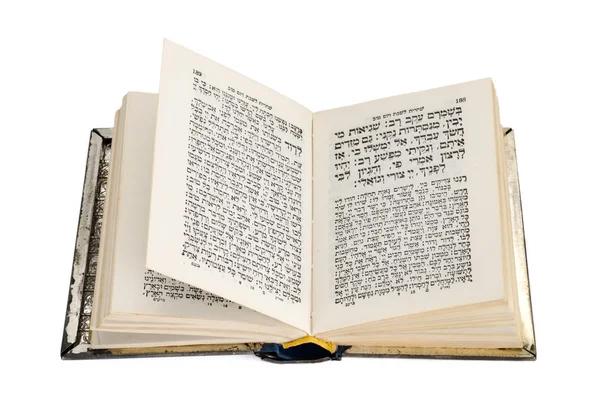
Understanding the Role of the Mishnah Chart in Better Than a Segulah Initiatives
The Mishnah Chart has emerged as a powerful tool in the “Better Than a Segulah” initiatives, fostering deeper spiritual growth and meaningful connections to Jewish tradition. To fully appreciate its significance, it is essential to understand both the purpose of these initiatives and how the chart plays an integral role in their success.
“Better Than a Segulah” refers to programs or efforts that encourage individuals to engage actively in mitzvot (commandments) and Torah study rather than relying solely on segulot—customary practices believed to bring blessings or divine intervention. While segulot have their place in Jewish culture, they are often seen as symbolic acts without guaranteed outcomes. The core philosophy of “Better Than a Segulah” emphasizes taking proactive steps toward personal growth, spiritual enrichment, and strengthening one’s relationship with God through actionable commitments.
The Mishnah Mishnayos chart serves as an effective framework for achieving these goals by providing structure and accountability for Torah learning. The Mishnah is a foundational text of Jewish oral law, offering profound insights into ethics, rituals, and communal responsibilities. Studying Mishnah not only deepens one’s understanding of Judaism but also creates merit for oneself or others—a practice rooted in traditional beliefs about the power of Torah learning.
A typical Mishnah Chart outlines specific chapters or tractates to be studied within a set timeframe. By breaking down what might seem like an overwhelming task into smaller, manageable segments, participants can progress steadily while maintaining focus and motivation. This structured approach ensures consistency—one of the key principles behind any successful initiative aimed at long-term impact.
Moreover, using the chart fosters communal engagement. Many “Better Than a Segulah” programs encourage families or groups of friends to take part collectively. Each participant commits to studying certain portions from the chart until all sections are completed together. This shared endeavor enhances feelings of unity while multiplying spiritual benefits through collaborative effort.
Additionally, tracking progress on the chart offers tangible evidence of achievement that reinforces commitment over time. Every box checked off represents not just another step closer to completing the study goal but also an investment in values that transcend immediate concerns—faithfulness to tradition, dedication to self-improvement, and trust in divine providence.
In conclusion, the Mishnah Chart exemplifies how practical tools can transform abstract ideals into actionable realities within “Better Than a Segulah” frameworks. It empowers individuals with clarity and direction while nurturing collective bonds rooted in faith-driven purpose.
